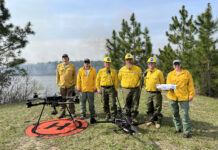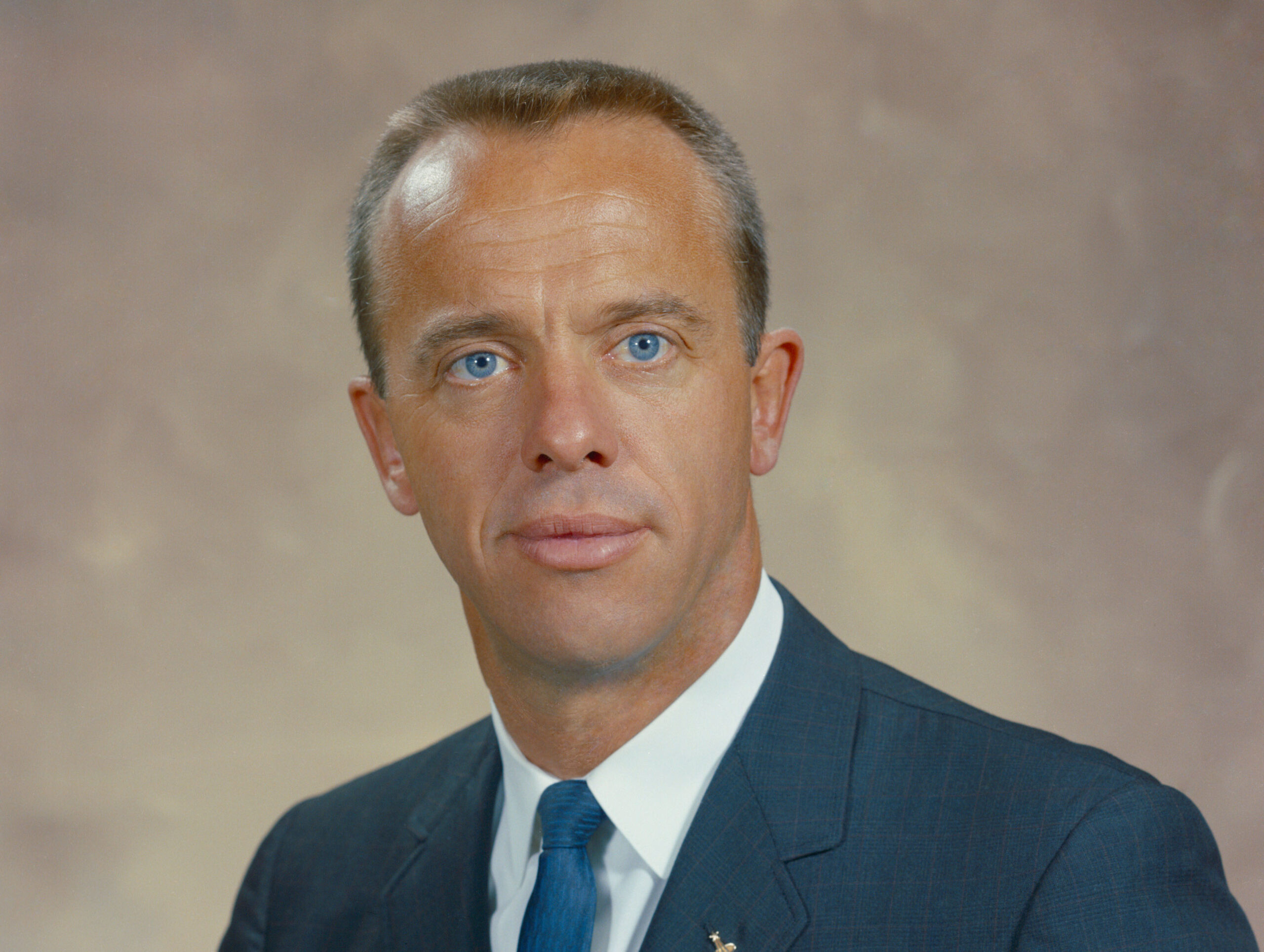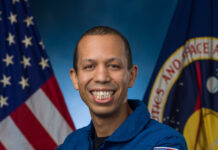Alan Shepard: A Pioneering Space Explorer
Alan Shepard, an iconic figure in the annals of space exploration, holds the distinction of being the first American to venture into space. His journey from a small town in New Hampshire to the vast expanse of space is a tale of determination, skill, and pioneering spirit. Shepard’s contributions to the field of space exploration have left an indelible mark, inspiring countless individuals to dream big and reach for the stars.
Early Life and Education
Alan Bartlett Shepard Jr. was born on November 18, 1923, in East Derry, New Hampshire. This small town provided the backdrop for his early years, during which Shepard developed a keen interest in aviation and exploration. His academic pursuits led him to the United States Naval Academy, where he earned a Bachelor of Science degree. His education was the foundation for his career in the Navy and eventually in space exploration.
During World War II, Shepard served on a Navy ship in the Pacific Ocean, gaining valuable experience and honing his skills. After the war, he pursued flight training, earning his pilot’s wings. His passion for aviation and his exceptional piloting abilities propelled him to graduate from the prestigious Naval Test Pilot School and the Naval War College. These achievements positioned him as a prime candidate for the burgeoning field of space exploration.
Becoming an Astronaut
In April 1959, Alan Shepard was selected as one of NASA’s first seven astronauts, a group famously known as the Mercury Seven. This elite team was tasked with leading the United States into the new frontier of space. The Mercury program was the first American effort to send humans into space, and Shepard was at the forefront of this groundbreaking endeavor.
On May 5, 1961, Shepard made history by becoming the first American to travel into space. He piloted the Freedom 7, a one-person Mercury spacecraft, which was launched atop a Redstone rocket. The mission, although brief, was a pivotal moment in the space race. Shepard’s suborbital flight reached an altitude of 116 miles and lasted approximately 15 and a half minutes. While he did not orbit the Earth, the mission was deemed a success and marked a significant achievement for the United States in its quest to explore space.
Overcoming Challenges
Following his historic flight, Shepard faced a significant setback. He developed a medical condition known as Ménière’s disease, an inner ear disorder that affected his balance and hearing. This condition grounded him from flying in space. However, Shepard’s contributions to NASA were far from over. He was appointed as the chief of the Astronaut Office, where he played a crucial role in selecting new astronauts, planning missions, and ensuring astronauts were well-prepared for their flights.
In a testament to his resilience, Shepard underwent surgery to correct his ear problem and was eventually cleared to return to spaceflight. Nearly a decade after his first mission, he was ready to embark on another journey beyond Earth.
Return to Space and Moon Landing
Shepard’s second and final spaceflight was as the commander of the Apollo 14 mission to the moon. This mission, part of NASA’s Apollo program, aimed to further explore the lunar surface and conduct scientific research. The Apollo spacecraft was launched on January 31, 1971, atop the powerful Saturn V rocket, which was renowned for its role in carrying humans to the moon.
On February 5, 1971, Shepard, along with fellow astronaut Edgar Mitchell, landed on the moon. Their colleague Stuart Roosa remained in lunar orbit. During their time on the moon, Shepard and Mitchell conducted two moonwalks, collecting over 100 pounds of lunar rocks and conducting scientific experiments. One of the most memorable moments of the mission was when Shepard hit a golf ball on the lunar surface, illustrating the effects of the moon’s lower gravity in a playful yet iconic demonstration.
Legacy and Later Life
After his successful return from the moon, Shepard resumed his leadership role at NASA before retiring in 1974. His post-NASA career saw him venture into the private business sector and engage in volunteer work, particularly in education and promoting space exploration. Alan Shepard’s dedication to advancing human knowledge and exploration left a lasting legacy that continues to inspire future generations.
Shepard’s life journey came to an end in 1998 when he passed away due to leukemia. However, his achievements and pioneering spirit remain an integral part of space exploration history. As a tribute to his contributions, Shepard was posthumously awarded numerous honors, and his story is frequently shared as a source of inspiration.
For those interested in learning more about Alan Shepard and his historic missions, NASA provides a wealth of resources, including detailed accounts of the Mercury and Apollo programs. These resources offer valuable insights into the challenges and triumphs of early space exploration and serve as a testament to the courage and ingenuity of astronauts like Alan Shepard.
Conclusion
Alan Shepard’s journey from a small-town boy to a space-faring pioneer is a testament to the power of perseverance, innovation, and the human spirit’s relentless pursuit of knowledge. His legacy continues to inspire aspiring astronauts and engineers, reminding us all of the infinite possibilities that await when we dare to explore the unknown. Shepard’s story serves as a beacon of hope and a reminder that the sky is not the limit—it’s just the beginning.
For more Information, Refer to this article.



















![Samsung’s Innovation Sparks Progress in Science and Industry: Quantum Dots How Samsung’s Engineering Feat Became a Catalyst for Scientific and Industry Advancement [Interview on Real Quantum Dots Part 2.]](https://www.hawkdive.com/media/samsung-tvs-and-displays-samsung-quantum-dots-technology-qled-tvs-quantum-dots-experts-interview-par-218x150.jpeg)














